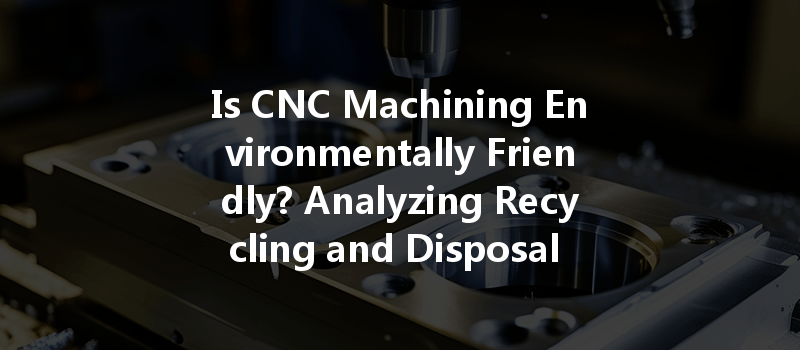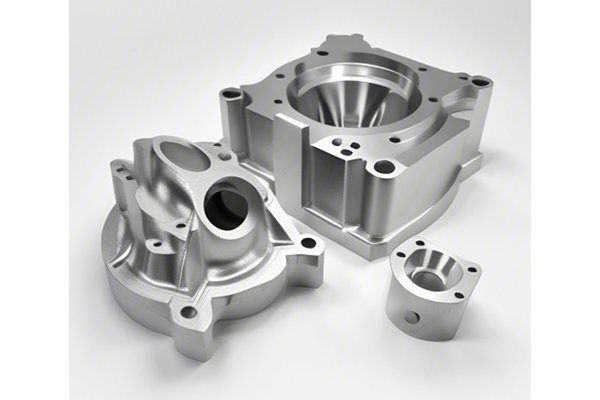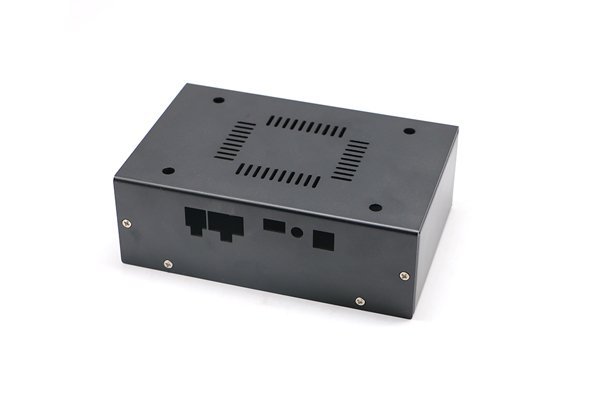: A Startling Reality in Manufacturing
Did you know that the global manufacturing industry produces an estimated 2.4 billion tons of waste every year? Among this waste, hazardous materials such as CNC coolants and lubricants are often overlooked, yet they pose significant threats to the environment and public health. As industries become increasingly aware of their environmental footprints, the question arises: is CNC machining environmentally friendly? In this blog, we will dig deep into the recycling and disposal of CNC coolants and lubricants, explore the challenges, benefits, and methodologies available, and provide a roadmap for sustainable practices in CNC machining.
Understanding CNC Machining and Its Waste Types
What is CNC Machining?
Computer Numerical Control (CNC) machining is a manufacturing process that employs computer-controlled machinery to automate the precision cutting, shaping, and molding of various materials. Throughout this process, coolants and lubricants are utilized to ensure that the tooling runs smoothly, reducing wear and preventing overheating. However, these fluids can become contaminated with metal shavings, dirt, and other materials, making their disposal a significant concern.
Types of Waste Generated in CNC Machining
In CNC machining, the waste types primarily include:
Each waste type poses distinct challenges regarding disposal and recycling, necessitating careful consideration for environmental impact.
The Environmental Impact of CNC Coolants and Lubricants
What Are CNC Coolants?
CNC coolants serve multiple purposes: they reduce friction, disperse heat, and aid in chip removal. Common ingredients in CNC coolants include water, oil, and various additives. However, their toxicity can present environmental hazards, and improper disposal can contaminate soil and water systems.
Potential Environmental Hazards
Regulatory Landscape
Globally, environmental regulations are tightening, and manufacturers are required to adhere to strict guidelines on waste management. The Environmental Protection Agency (EPA) in the United States and equivalent bodies worldwide monitor and enforce regulations on the disposal and recycling of hazardous waste, including CNC coolants and lubricants.
Recycling CNC Coolants: Techniques and Best Practices
The Importance of Recycling
Recycling CNC coolants and lubricants is not only beneficial for the environment but also can yield economic advantages by reducing material costs and waste disposal fees. Implementing proficient recycling techniques is essential for sustainable practices in CNC machining.
Techniques for Recycling CNC Coolants

Establishing a Recycling System
To develop an effective recycling program, manufacturers should:
Disposal of Non-Recyclable CNC Coolants
While recycling offers a sustainable solution for many CNC coolants, not all coolants can be recycled. When faced with non-recyclable coolants, responsible disposal is paramount.
Safe Disposal Practices
Case Studies of Successful Implementation
Leading Industries Towards Sustainability
Several industries have successfully implemented sustainable practices concerning CNC coolants and lubricants. Through innovation, commitment, and strategic planning, these organizations are paving the way for a more environmentally friendly future.
: The Path Toward Sustainable CNC Machining
The need for sustainable practices in CNC machining has never been more critical. With the mounting pressures of environmental regulations and consumer expectations, businesses must proactively address the recycling and disposal of CNC coolants and lubricants.
In this blog, we have explored the various impacts of CNC coolants on the environment, identified effective recycling and disposal techniques, and highlighted successful case studies. Implementing these strategies not only enhances regulatory compliance but also contributes to a more sustainable industry overall.
Final Thoughts: A Call to Action
As we move toward a greener future, it is essential for manufacturers to consider their environmental impact and take the necessary steps to prioritize sustainability. By recycling CNC coolants, engaging in responsible disposal practices, and fostering a culture of environmental awareness within organizations, we can collectively contribute to a healthier planet.
Let us remind ourselves that the process of CNC machining does not have to come at the expense of our environment. It is essential to embrace and cultivate practices that protect our ecosystem while maintaining the quality and efficiency of our manufacturing processes. Together, we can pave the way for a more sustainable future.






